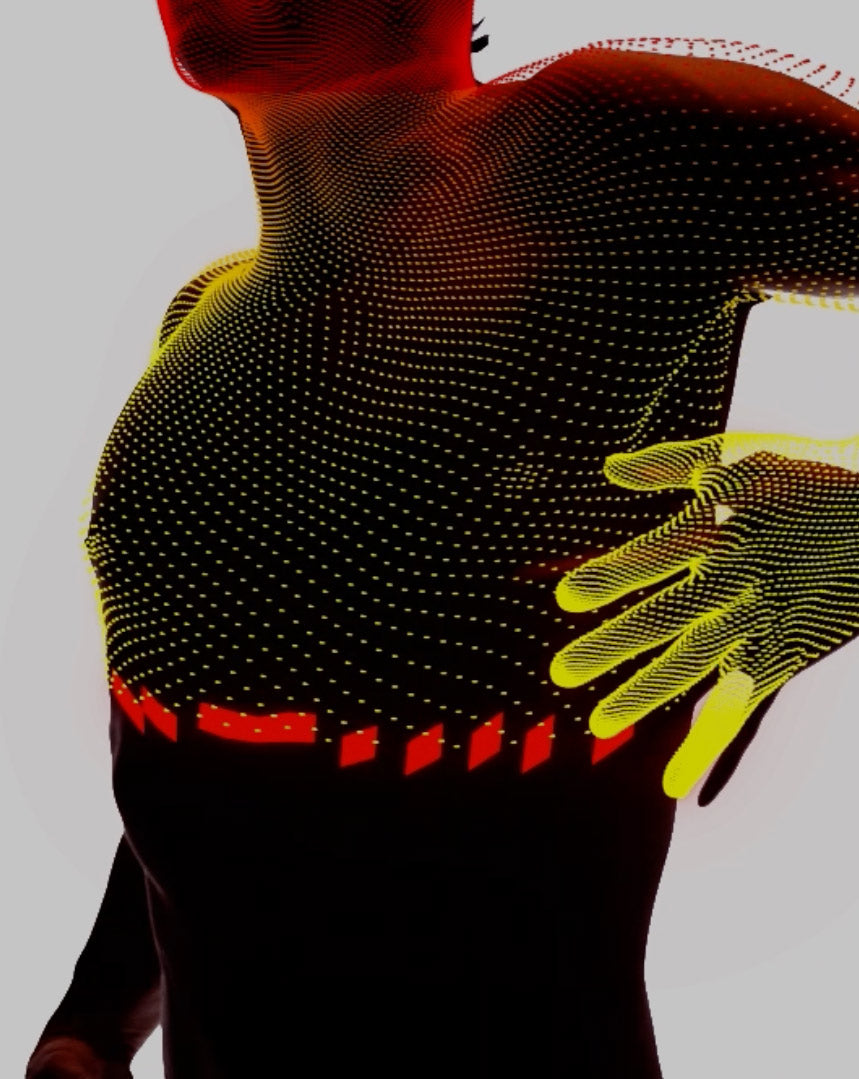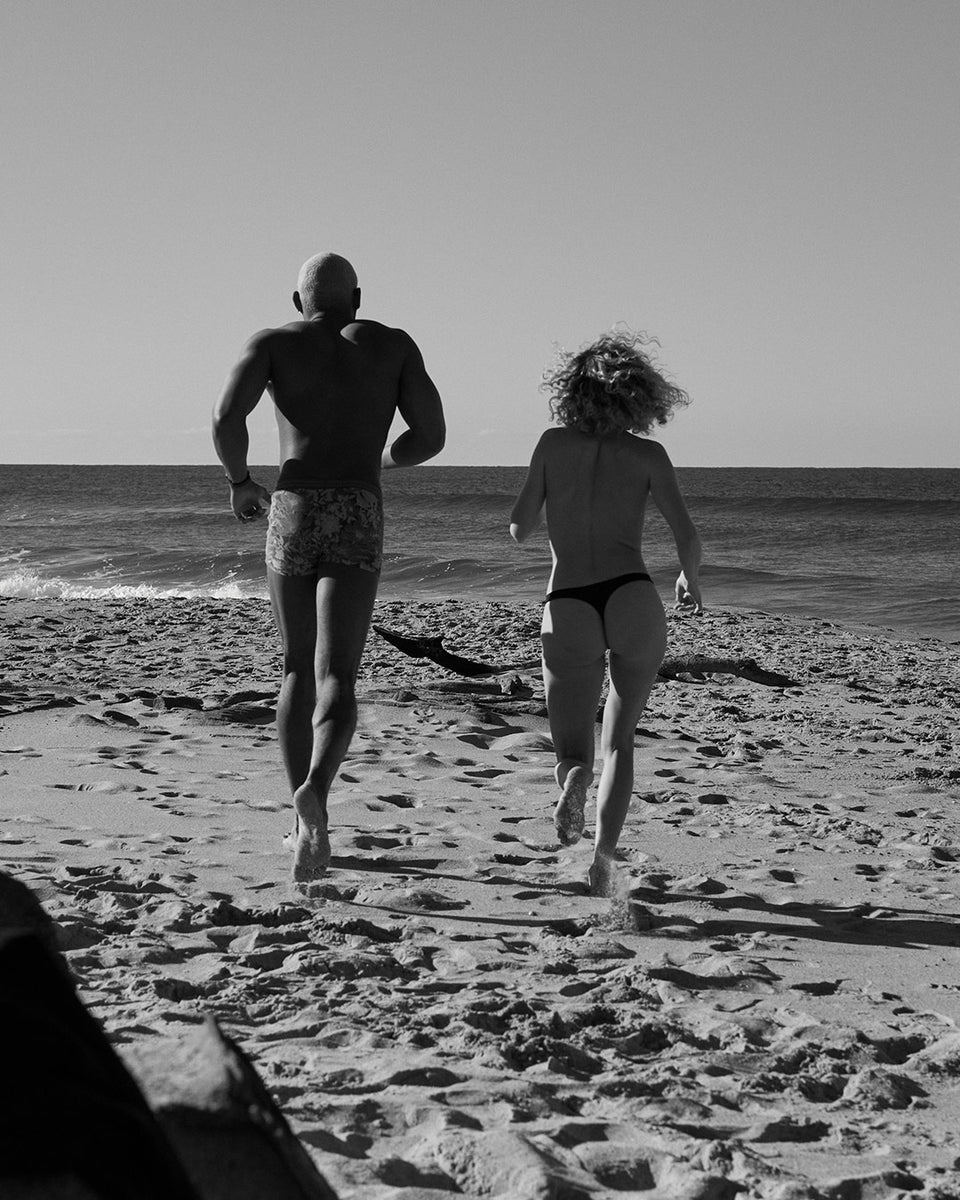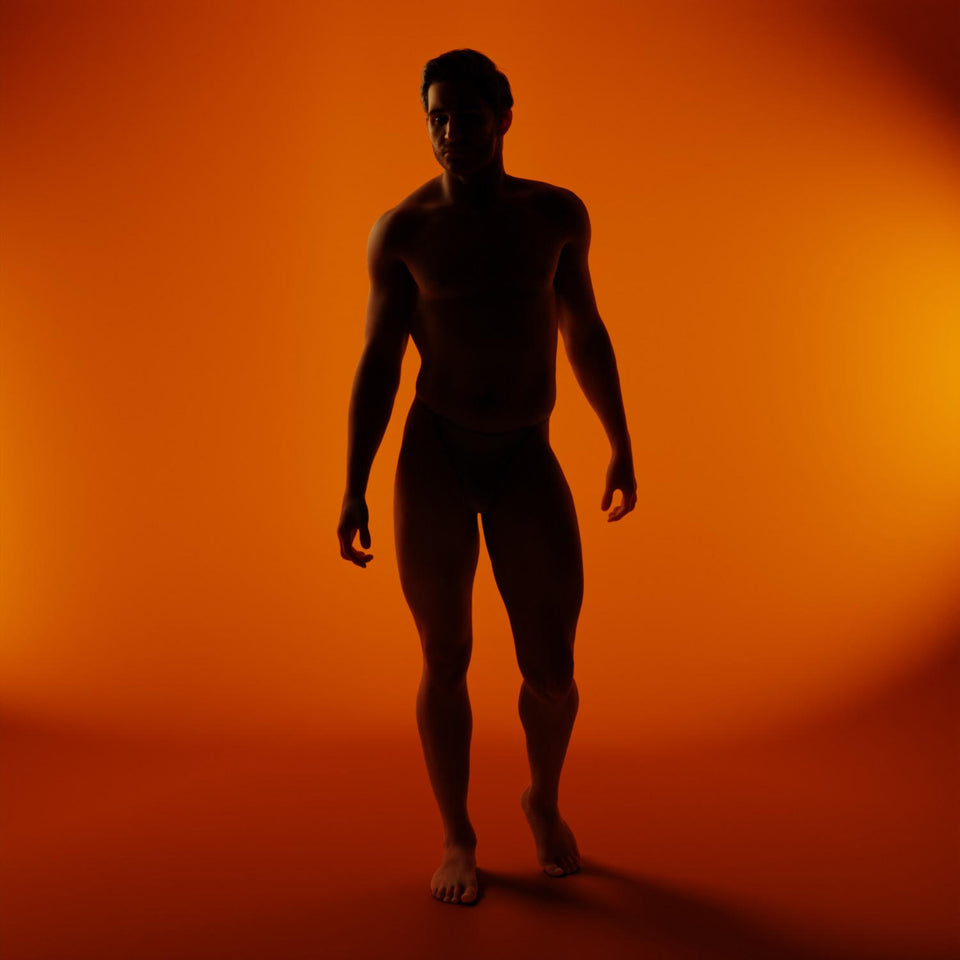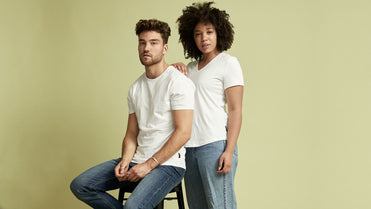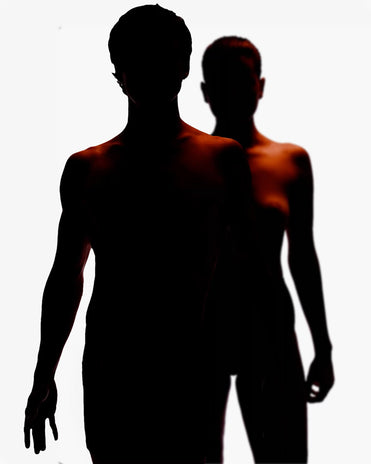Imagine going into battle clothed in a bright red coat that makes you highly visible to enemy soldiers. Sounds like the height of stupidity, doesn’t it? And yet, for three hundred years, that was the colour of the uniform worn by the best army of the era. The famed British Redcoats.
Nowadays we're used to seeing (or hopefully not seeing) our soldiers in uniforms that merge seamlessly with their location, whether that be jungle, desert or snow. But that's a surprisingly recent invention and the exact opposite of the original purpose...
MADE TO BE SEEN
From the 16th century, right through to the latter stages of the 19th, uniforms were made to make you stand out, not blend in. Early guns (known as muskets) were a haphazard affair, slow to load (a crack soldier could fire three rounds a minute) and incredibly inaccurate. Indeed, so poor were they at hitting a target, most soldiers didn’t even bother to aim at any thing beyond the mass of men marching towards them before firing.

"Visibility was reduced to little more than a few metres and a distinct, brightly coloured uniform was imperative as a means of distinguishing friend from foe."
Every time the muskets fired a round (or 'ball'), they gave off a cloud of white smoke. With thousands of men all firing their muskets simultaneously, in just a few short minutes the battlefield would be covered in a thick pall of smoke. Visibility was reduced to little more than a few metres making a distinct, brightly coloured uniform imperative in distinguishing friend from foe. It was also the only way that generals could see if their army was winning or losing.
By the mid-19th century, however, huge advances in weaponry meant that guns became both more accurate and quicker to fire. With the smoky battlefields of previous decades gone, a rifleman could now pick off an individual target from a considerable distance. Particularly if they stood out like dog’s balls in a bright red, blue or white tunic.
It was clear that something had to change.
KHAKI, THE COLOUR TO BE (UN)SEEN IN

In 1868, British forces in Abyssinia (modern day Ethiopia) were issued with uniforms in a green-y brown colour that matched earth and foliage tones. This colour, dubbed Khaki, enabled soldiers to blend in with their surroundings and made them much harder to spot and therefore, shoot. Needless to say, the experiment was a huge success, and the rest of the world was quick to cotton on.
Soon Khaki, or “military olive” became the standard battledress for many of the world’s armies. Brightly coloured uniforms continued to limp on for a few more years, but with the advent precision sniper fire and the devastating machine guns of WW1, its fate was sealed, becoming nothing more than ceremonial.
HOW MANY OLIVES IN A DRAB?
In 1902, the Americans officially adopted the Khaki colour and re-christened it Olive Drab. Nowadays, drab means dull, lifeless and boring, but in fact, drab was the name of a colour dating all the way back to the 16th century which took its name from the old French word for cloth, drap. Originally drab was a flat, light brown colour very similar in hue to undyed homespun wool.

"In 1943, the U.S Army Airforce changed the colour of their ‘Olive Drab’ uniform colour to incorporate specific anti-infrared characteristics."

With the military's love of acronyms, Olive Drab became "OD" and was used on everything from tanks to towels, bazookas to boxer shorts. However, there was some confusion as to exactly what shade of olive green the colour was. OD may have been government specified, but due to different manufacturer procedures, dyeing, and wartime quality control measures, the colour reproduced could vary quite significantly.
For example, the basic matte olive drab colour, ideal for vehicle camouflage in the field, looked decidedly shabby on parade. To remedy this, troops took to painting their vehicles in a glossy olive drab, which was quite a bit browner than the original "OD9". To further muddy the waters, in 1943, the U.S Army Airforce changed the colour of their OD to incorporate specific anti-infrared characteristics.
Whatever shade of green it was, it remained the official colour of the U.S uniform for 79 years until it was replaced in 1981 with the camouflage patterned M81.
A SHORT (SLEEVE) HISTORY
Not only have the armed forces given us one of the most iconic colours on the planet, they're also responsible for many of our favourite clothing styles. Cargo pants, bomber jackets, suits, chinos, combat boots and, of course, T-shirts.
The reason for this is simple. Everything the military wears has to be practical, comfortable and smart. Pretty much the same criteria we use ourselves when designing.

"This cool and slightly anti-establishment image was further cemented in 1955 when James Dean wore the plain white Tee to great effect in Rebel Without A Cause."

The T-shirt began life in the 19th century as an all-in-one flannel undergarment called the Union Suit. To stay cool during the warmer months, men started cutting these in half, creating two under garments, one of which would evolve into the modern-day Tee.
In 1905, the U.S. Navy brought the T-shirt to national attention, when they adopted them as a part of their uniform just in time for WWI. During the Great War, American service members were required to wear the T-shirt underneath their uniforms at all times and many continued to do so when they returned to civilian life. Interestingly, the name T-shirt only entered the vernacular when F. Scott Fitzgerald published the word in his novel This Side of Paradise in 1920.
Up until the 1930's, the T-shirt wasn’t considered an appropriate undergarment to wear as an outer garment. But that all changed after WWII, when millions of military veterans started wearing them as casual outerwear like they had while serving overseas.
In the 50’s T-shirts received a boost from Hollywood, when Marlon Brando’s smouldering and intense Stanley wowed audiences with his tight-fitting Tee in A Streetcar named Desire. Overnight the T-shirt became every American boy’s must have item and sales went through the roof. This cool and slightly anti-establishment image was further cemented in 1955 when James Dean wore the plain white Tee to great effect in 'Rebel Without A Cause'.
Speaking of rebels, there’s evidence that a few daring women were flying in the face of convention and wearing Tees as early as the 1920's. But it wasn't until World War II that T-shirts for women finally gained mainstream acceptance and began appearing in Sears catalogs.
In the 1960’s, the T-shirt with an image on the front finally emerged. The blank tee proved to be the perfect canvas to express opinions, whether political, advertorial, graphic or humorous. Since then, the T-shirt has remained firmly in the public eye (and wardrobes) and is now a universal fashion item.
THE COLOUR TO BE SEEN IN
It is, of course, deeply ironic that our latest Magic Fit® Tee features a colour that was made with the express purpose of camouflage. Because, when you parade down the street in one of our Military Olive Tees, you're going to attract a lot of attention. And it is, perhaps, also slightly perplexing that olive green, for so long a colour associated with the military, and symbolising strength and character, can also mean peace.
But despite these contradictions, or maybe because of them, we reckon that Military Olive is definitely the colour to be seen in. So, if you want to get your hands on one, double time it to your laptop and place your orders. 'Cause they’re disappearing fast.

